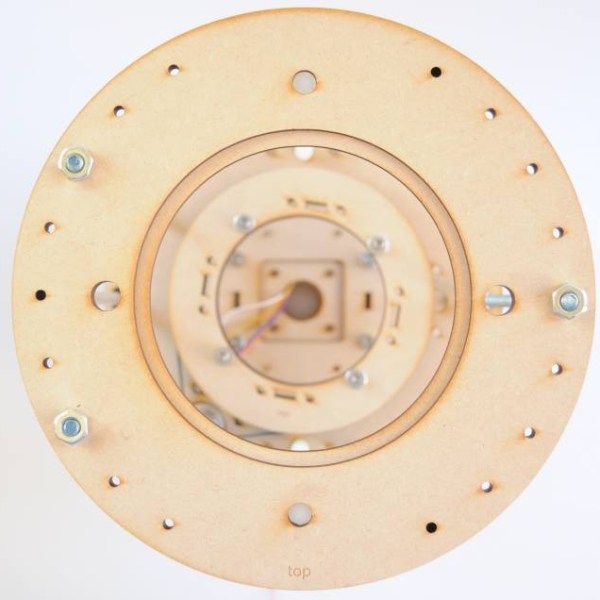Radio telescopes are one of the more high-profile pieces of scientific apparatus. There is an excitement to stories of radio astronomers of old probing the mysteries of the Universe on winter nights in frigid cabins atop massive parabolas, even if nowadays their somewhat more fortunate successors do the same work from the comfort of their labs using telescopes that may be on the other side of the world.
You might think if you look at the Arecibo Observatory, Lovell Telescope, or other famous pieces of apparatus, that this is Big Science, out of reach for mere mortals such as yourself without billion-dollar research programs. Maybe [Paul Scott] and [Allen Versfeld]’s Tiny Radio Telescope project will change that view.
The NRAO published a radio telescope design a few years ago for use mainly as an educational tool, the Itty Bitty Telescope. It used a satellite TV dish and LNB feeding a signal meter as a simple telescope to detect the Sun, and black body radiation from the surrounding objects. It’s a simple design for kids to get their heads around, and [Scott] and [Allen] have set out to turn it into something more useful with an RTL-SDR instead of a signal meter and a motorised mount for automated observations.
This is one of those projects on Hackaday.io that moves slowly but you know will eventually deliver on its promise. With a 1m dish and a consumer LNB it’s never going to make a discovery that will rock the world, but that’s not the point. It may be science that the astrophysicists moved on from decades ago, but it’s still quite an achievement that the radio sky can be imaged using such mundane equipment.
We’ve featured backyard radio astronomy before a few times, from this UHF school science project to another satellite TV based telescope. Keep them coming!
A thank you to Southgate ARC for the prod.


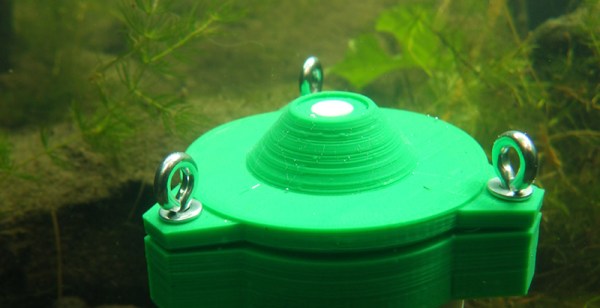





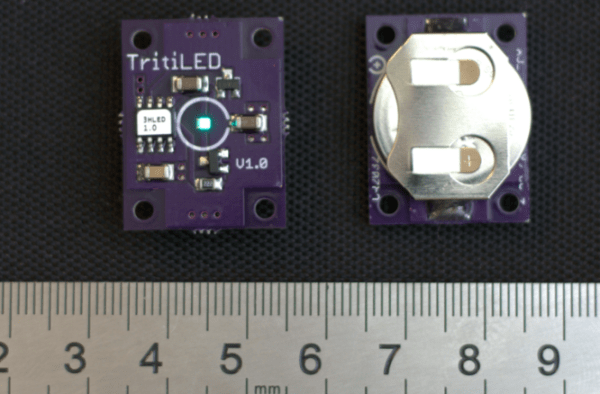
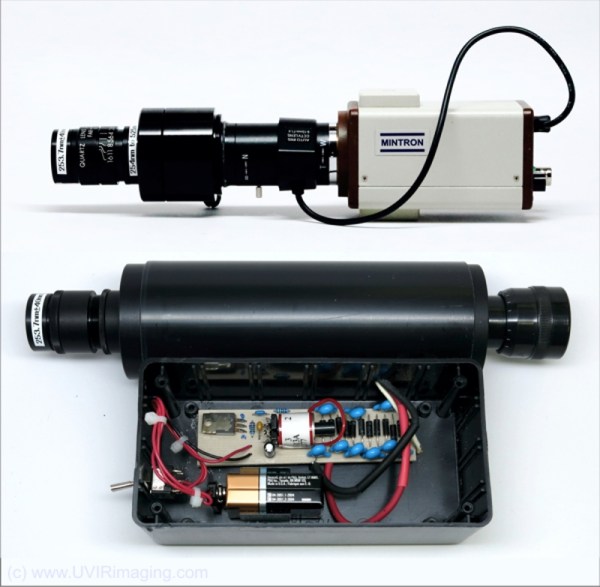

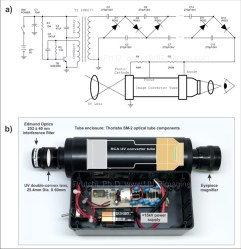 If you’re thinking UV is a broad brush, you’re right. [David Prutchi] says he is most interested in Solar Blind UV (SBUV):
If you’re thinking UV is a broad brush, you’re right. [David Prutchi] says he is most interested in Solar Blind UV (SBUV):
